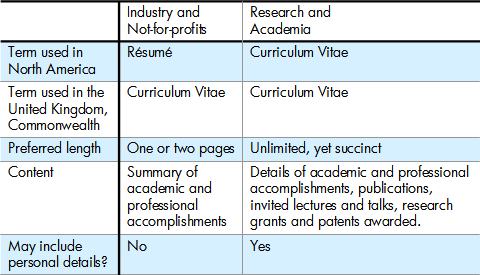Those who seek faultless friends, remain friendless.
—Anonymous
A people that values its privileges above its principles soon loses both.
—Dwight D. Eisenhower (American Head of State)
Creativity can solve almost any problem. The creative act, the defeat of habit by originality, overcomes everything.
—George Lois (American Art Director)
Life breaks us all, but afterwards, many of us are strongest at the broken places.
—Ernest Hemingway (American Author)
A local politician was once enmeshed in his own oratory. Said he: “Build a chain-link fence around the winter’s supply of summer weather; skim the clouds from the sky with a teaspoon; catch a thundercloud in a saucepan; break a hurricane to harness; quiet and soothe an earthquake; lasso an avalanche; pin a napkin on the crater of an active volcano-but never expect to see me false to my principles.
—Anonymous
The average person thinks he isn’t.
—Larry Lorenzoni
Physical courage, which despises all danger, will make a man brave in one way; and moral courage, which despises all opinion, will make a man brave in another. The former would seem most necessary for the camp; the latter for the council; but to constitute a great man, both are necessary.
—Charles Caleb Colton (English Angelic Priest)
Laughter is the closest distance between two people.
—Victor Borge
There’s only one corner of the universe you can be certain of improving, and that’s your own self. So you have to begin there, not outside, not on other people. That comes afterward, when you’ve worked on your own corner.
—Aldous Huxley (English Humanist)
If you’re enthusiastic about the things you’re working on, people will come ask you to do interesting things.
—R. James Woolsey, Jr. (American Diplomat)


